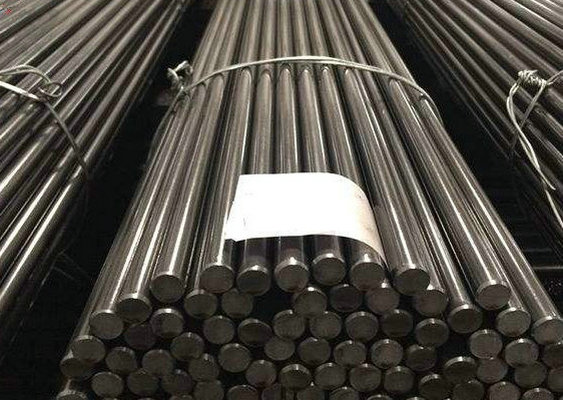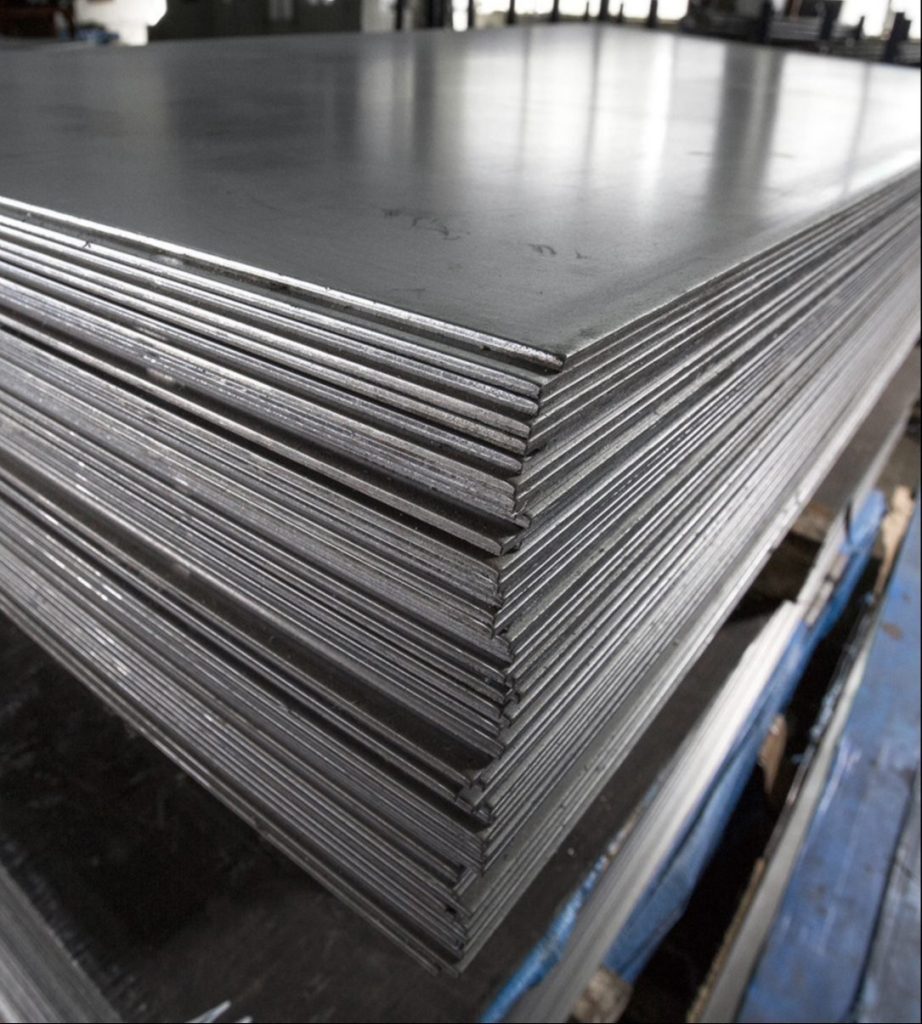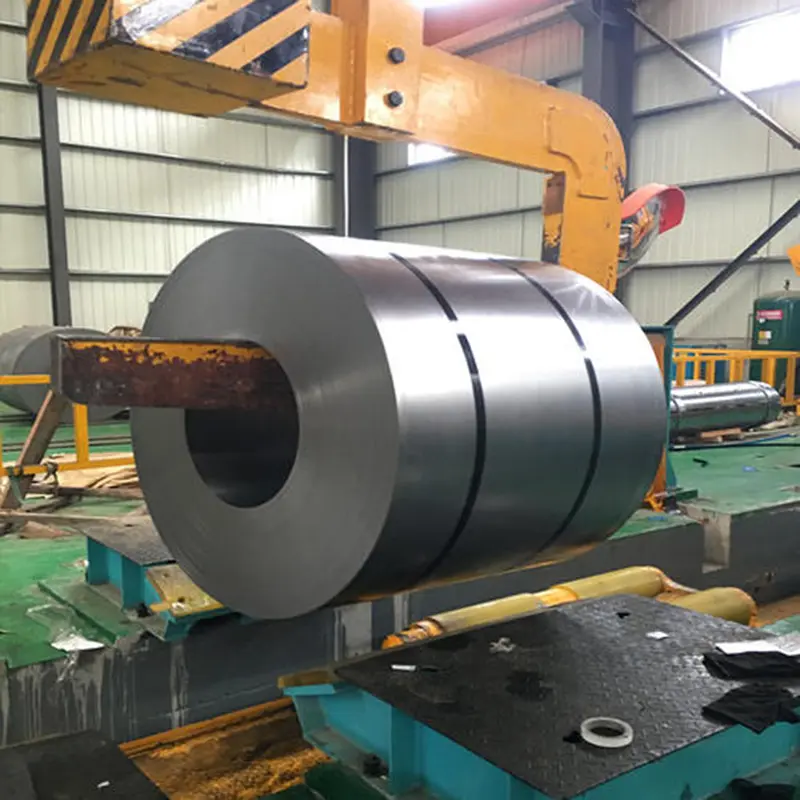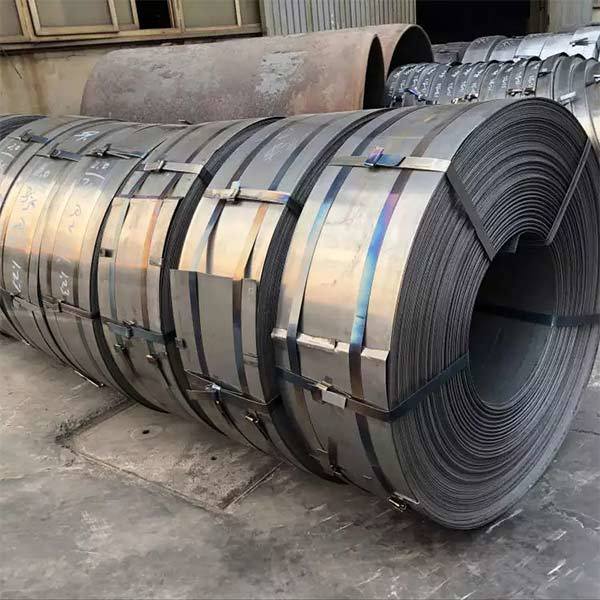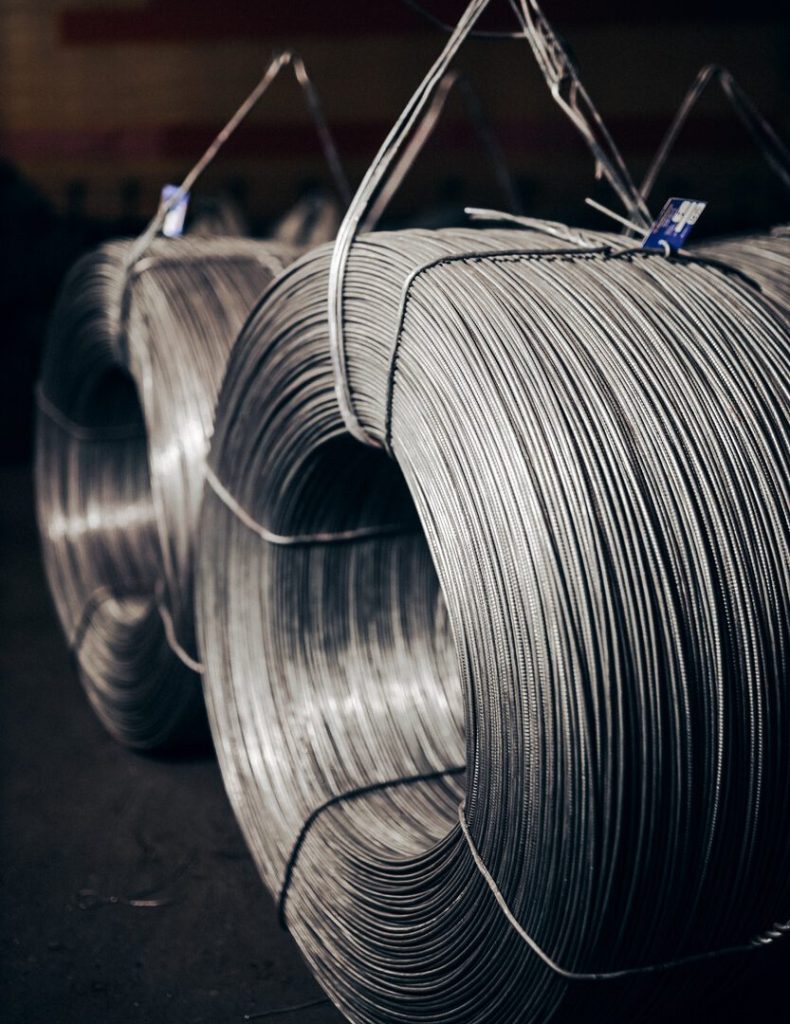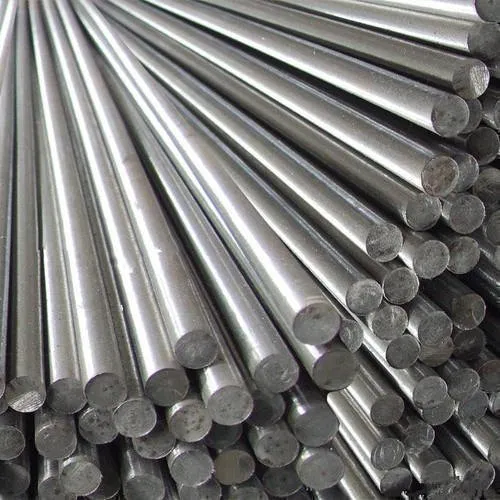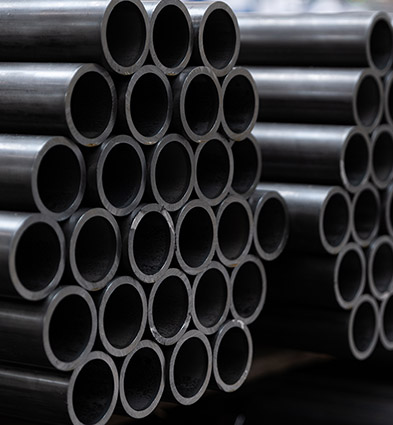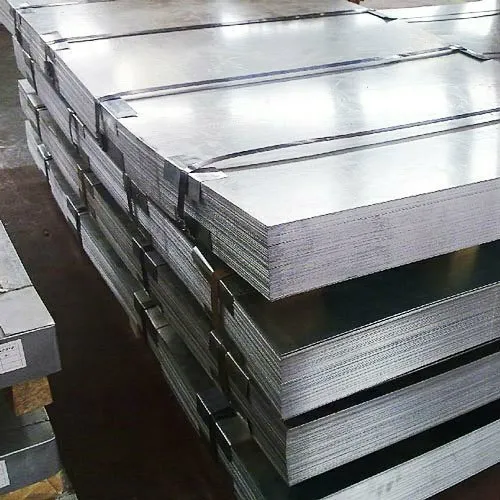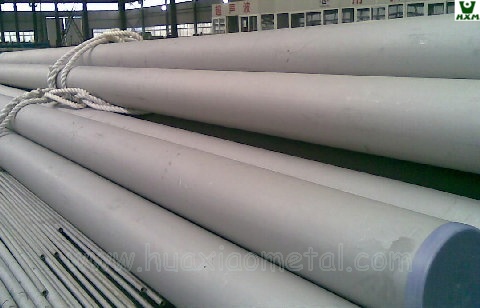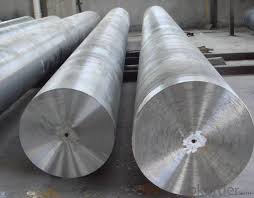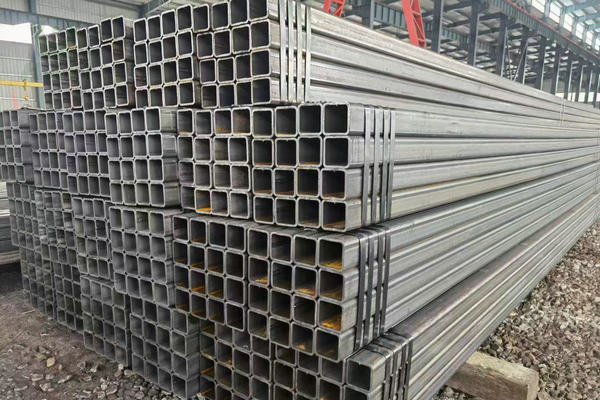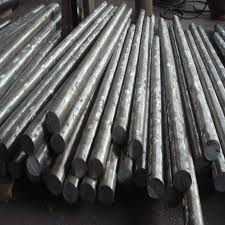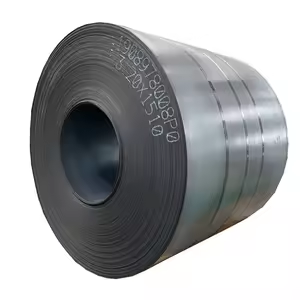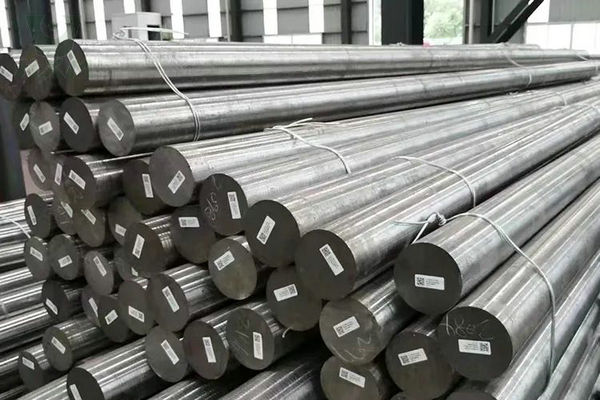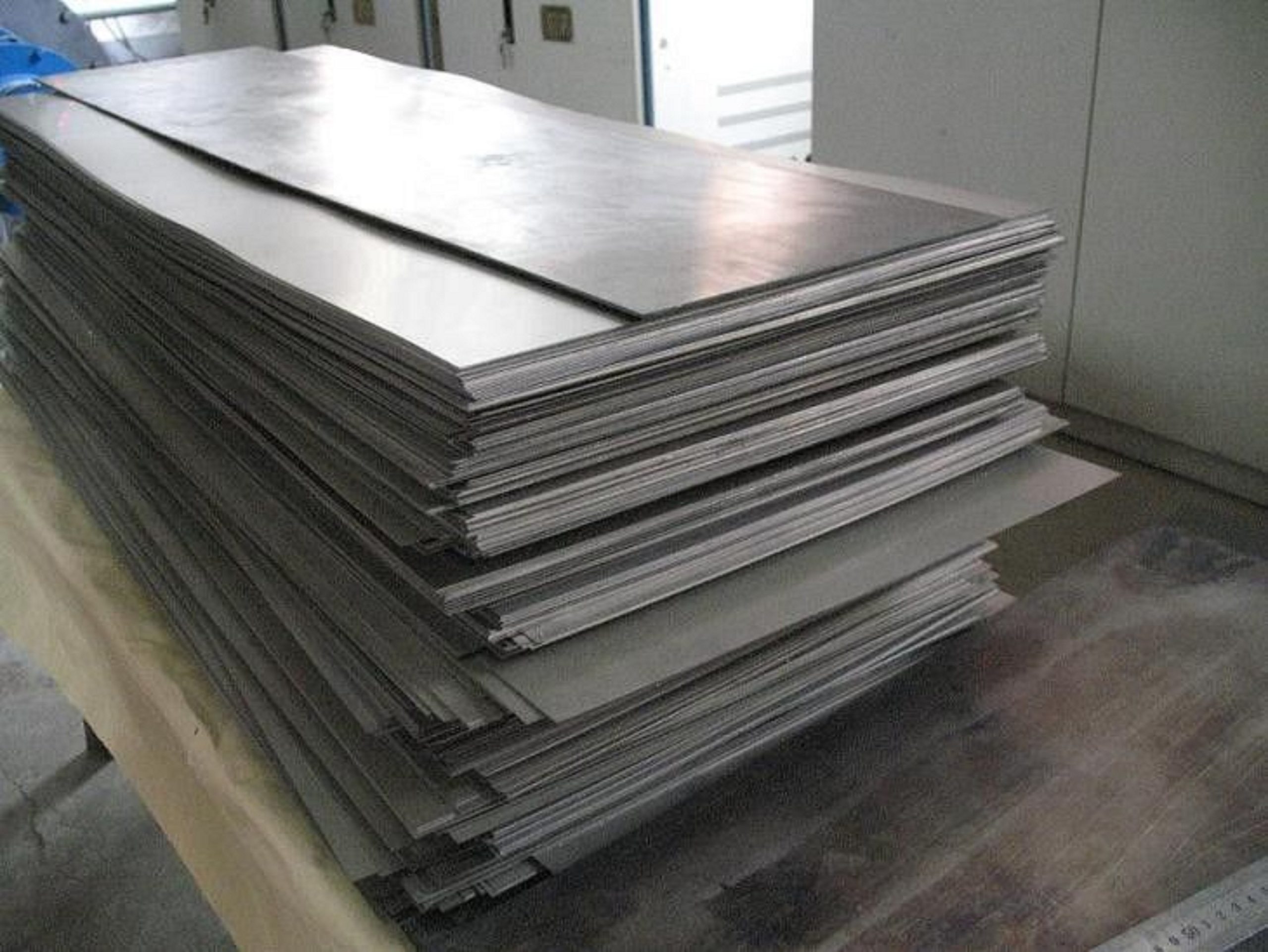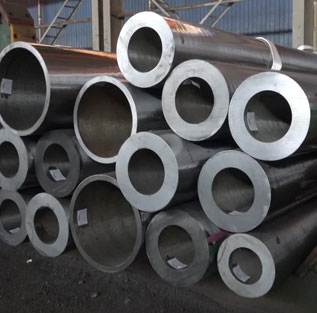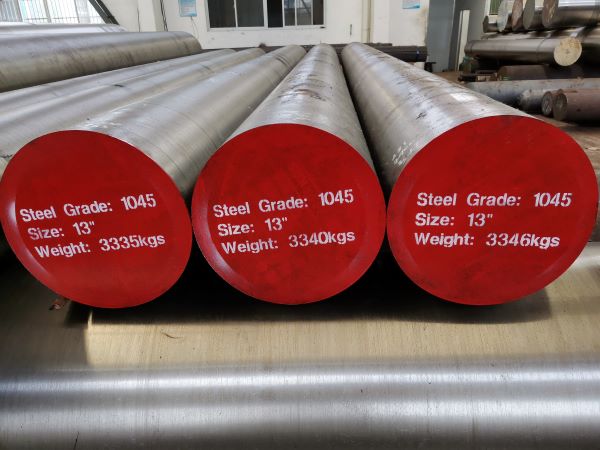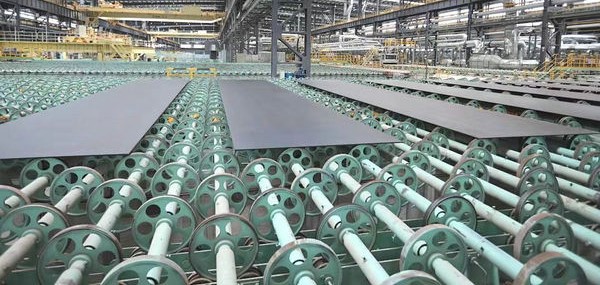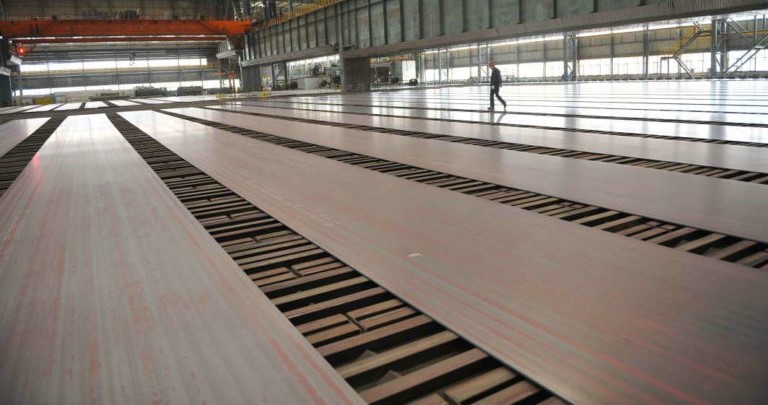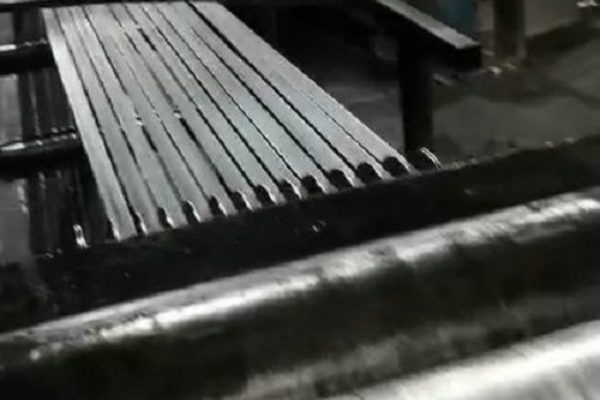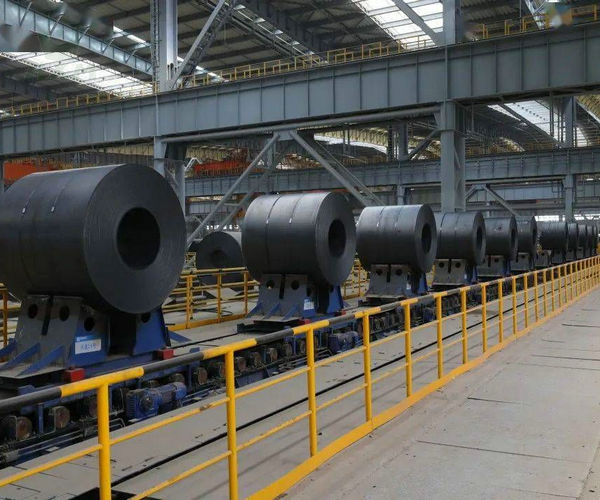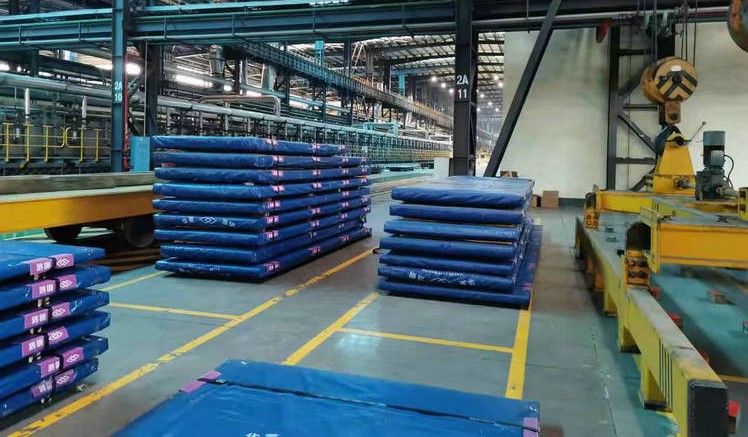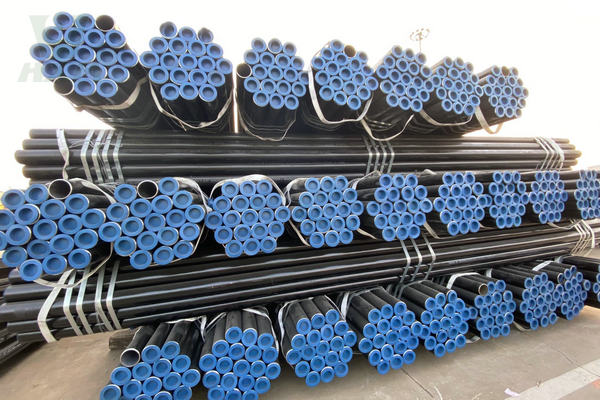Frequently Asked Questions
Carbon steel is an iron-carbon alloy with a carbon content ranging from 0.0218% to 2.11%, commonly referred to as carbon steel. It typically contains small amounts of silicon, manganese, sulfur, and phosphorus. Generally, as the carbon content increases, the hardness and strength of the steel improve, while its plasticity decreases.
Carbon steel is classified into three types based on carbon content:
- Low Carbon Steel: Carbon content less than 0.25%.
- Medium Carbon Steel: Carbon content between 0.25% and 0.6%.
- High Carbon Steel: Carbon content greater than 0.6%.
eiusmod tempor incididunt ut labore et dolore magna aliqua. Ut enim ad minim veniam, quis nostrud exercitation.
Medium Carbon Steel
Medium carbon steel, with a carbon content between 0.25% and 0.60%, offers a balance of strength and toughness, making it a widely used structural material. Below are some common medium carbon steel grades and their applications:
- 45#: A versatile medium carbon steel known for its good weldability and mechanical properties. It is commonly used for manufacturing mechanical parts and tools.
- 50#: Medium carbon steel typically used for parts requiring higher strength, such as gears and bearings.
- 55#: Known for its excellent toughness and wear resistance, it is often used in high-strength mechanical components.
- 60#: This grade features high strength and hardness, making it ideal for wear-resistant and heat-resistant parts.
- 65Mn: A high-carbon spring steel suitable for springs, saw blades, cutting tools, and more.
Medium carbon steel grades are widely used across various mechanical and structural applications due to their excellent mechanical properties, processability, and versatility in industrial manufacturing.
Ultra-high carbon steel contains between 1.4% and 2.0% carbon, making it exceptionally hard and strong but relatively brittle. It is widely used in applications such as knives, axles, punches, and other tools. Below are some common ultra-high carbon steel grades and their applications:
- SK2: A Japanese ultra-high carbon tool steel with 1.10%–1.30% carbon content. Renowned for its extreme hardness and cutting performance, it is commonly used to manufacture knives, wire ropes, and springs.
- SK5: Another Japanese ultra-high carbon tool steel with 0.80%–0.90% carbon content. Known for its high hardness and wear resistance, it is ideal for saw blades, knives, springs, and hammerheads.
- T10: A Chinese ultra-high carbon tool steel with 1.00%–1.10% carbon content. It boasts high hardness and strength, making it suitable for knives, coolers, and grinding tools.
- C105U: A European ultra-high carbon tool steel with 1.05%–1.20% carbon content. This steel offers exceptional hardness and strength and is often used in saw blades, knives, and cutting tools.
Key Considerations:
Ultra-high carbon steel is extremely hard and strong but brittle, requiring heat treatment and other processes to enhance toughness and machinability. The choice of steel grade should depend on the specific application, as each grade offers unique characteristics and benefits.
Steel that has less than 0.25% carbon is referred to as low carbon steel, or mild steel. It is also known as mild steel due to its low strength, low hardness, and low softness. Models of low carbon steel include Q195, Q215, Q235, Q255, and Q275, among others.
High carbon steel, often referred to as tool steel, contains a carbon content ranging from 0.60% to 2.11%. This type of steel can be hardened and tempered, making it suitable for applications requiring high strength and durability.
- 0.75% Carbon Content: Commonly used for tools like hammers and crowbars.
- 0.90% to 1.00% Carbon Content: Ideal for cutting tools such as drills, taps, and reamers.
Common Grades: AISI 1055 – AISI 1095

